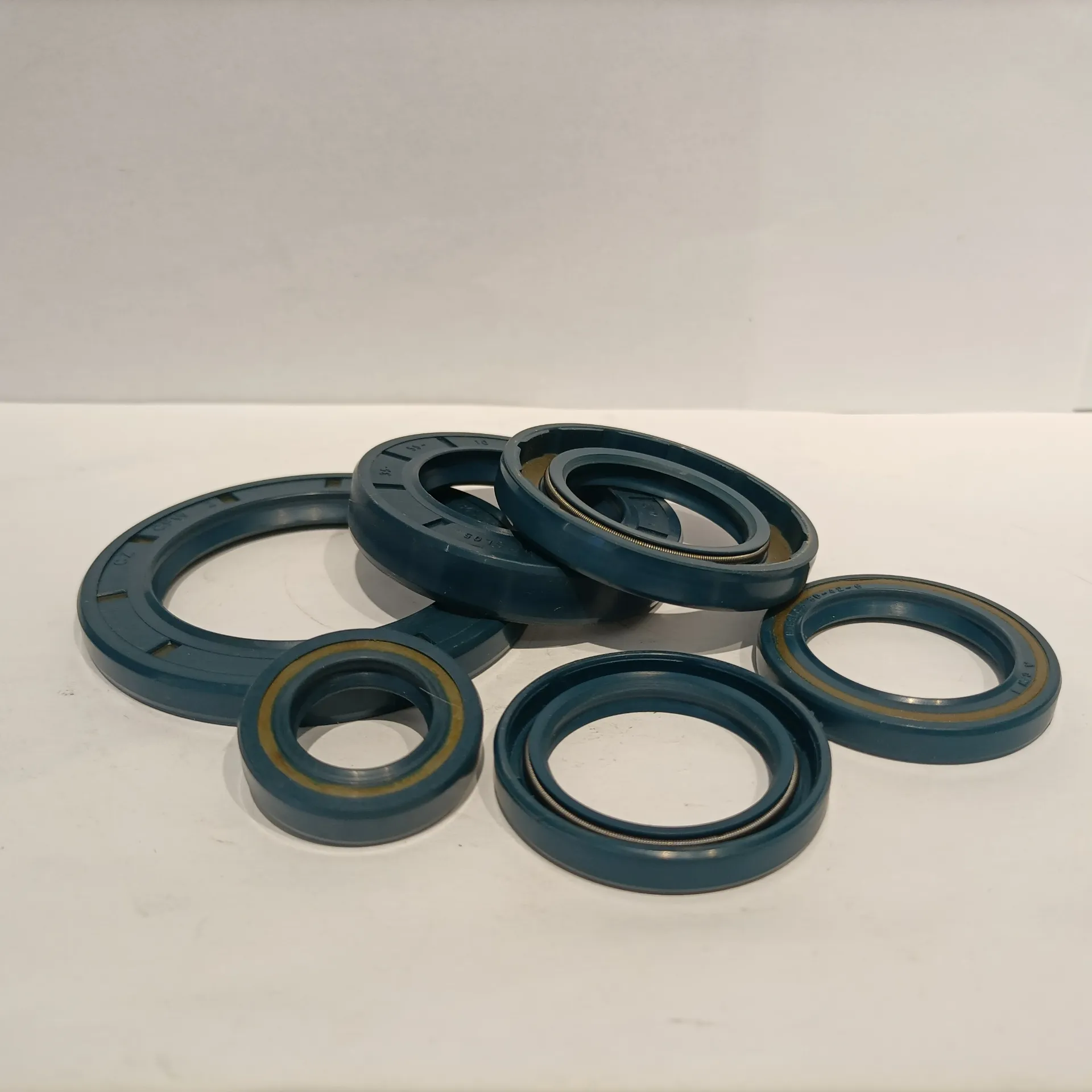Desemba . 22, 2024 06:57 Back to list
oil seal hydraulic
Understanding Oil Seal Hydraulic Systems A Comprehensive Guide
Oil seals, also known as lip seals or rotary seals, are crucial components in hydraulic systems. Their primary function is to prevent oil leaks while maintaining sufficient pressure within the hydraulic system. This article aims to explore the importance, functionality, and maintenance of oil seals in hydraulic applications, offering insights into their role in enhancing the efficiency and longevity of hydraulic machinery.
What is an Oil Seal?
An oil seal is typically made of flexible rubber or synthetic materials, designed to fit snugly around rotating shafts. Its structure consists of a sealing lip that makes contact with the shaft surface, creating a barrier against contaminants and preventing the escape of hydraulic fluid. Oil seals can withstand considerable pressures and temperatures, making them essential for hydraulic systems in various industries, including automotive, aerospace, and manufacturing.
Importance of Oil Seals in Hydraulic Systems
The importance of oil seals in hydraulic systems cannot be overstated. Here are some key functions they perform
1. Leak Prevention One of the most critical functions of oil seals is to prevent hydraulic fluid from leaking out of the system. Leaks can lead to a loss of pressure, ultimately causing system failure. 2. Contaminant Exclusion Oil seals act as barriers to dirt, dust, and other contaminants that can compromise the integrity of hydraulic fluid. By keeping contaminants out, oil seals help maintain system efficiency and prolong the life of hydraulic components.
3. Pressure Maintenance Properly functioning oil seals help maintain the necessary pressure within hydraulic systems. Any failure in sealing can lead to a drop in pressure, affecting the overall performance of the system.
4. Efficiency Improvement An effective oil seal reduces friction between moving parts, which can enhance the efficiency of the hydraulic system. Lower friction equates to less energy consumption, ultimately saving costs.
Types of Oil Seals
There are various types of oil seals suited for different applications, including
- Rotary Oil Seals Most common in hydraulic systems, these seals fit around rotating shafts. - Static Seals Used in situations where there is no relative motion between parts. They are great for sealing stationary components.
- U-Cup Seals These are designed to seal against both internal and external pressures and are often used in applications involving higher pressure.
oil seal hydraulic

Choosing the Right Oil Seal
Selecting the appropriate oil seal is vital for ensuring optimal performance of hydraulic systems. Several factors must be considered, including
- Material Depending on the operating temperatures and fluid characteristics, the material of the seal is crucial. Common materials include Nitrile Rubber (NBR), Fluoroelastomer (FKM), and Polyurethane, each providing different resistance properties.
- Size and Fit The oil seal must match the shaft diameter and housing size precisely to avoid leaks.
- Application Conditions Consider the environmental conditions and the specific hydraulic application. This involves understanding whether the system will experience high pressures, extreme temperatures, or exposure to harsh chemicals.
Maintenance of Oil Seals
Regular maintenance of oil seals is essential to prolong their lifespan and ensure the efficient functioning of the hydraulic system. Here are some maintenance tips
1. Regular Inspections Frequent checks for signs of wear, such as cracks or hardening of the seal material, can help identify issues before they lead to system failures.
2. Proper Installation Following the manufacturer's specifications during installation is crucial to ensure a proper fit and function.
3. Monitoring Fluid Levels Keeping an eye on hydraulic fluid levels can indicate potential seal failures if frequent top-ups are required.
4. Temperature Control Avoiding extreme temperatures can prevent premature aging of the seal material.
Conclusion
Oil seals play a pivotal role in the effective operation of hydraulic systems. Understanding their significance and maintenance is essential for anyone involved in hydraulic applications. By choosing the right type of oil seal, ensuring proper installation, and conducting regular maintenance, one can enhance the performance and lifespan of hydraulic machinery, leading to improved productivity and reduced downtime. Knowledge and vigilance regarding oil seals are indispensable tools in the efficient management of hydraulic systems.
-
The Trans-formative Journey of Wheel Hub Oil Seals
NewsJun.06,2025
-
Graphene-Enhanced Oil Seals: Revolutionizing High-Pressure Oil Sealing
NewsJun.06,2025
-
Future of Hydraulic Sealing: Advanced Intelligent TCN Oil Seals
NewsJun.06,2025
-
Don’t Let a Broken TCV Oil Seal Ruin Your Day
NewsJun.06,2025
-
Bio-Inspired Dust Seals for Better Sealing Performance
NewsJun.06,2025
-
Biodegradable and Sustainable Hydraulic Seal Materials
NewsJun.06,2025
-
Top Oil Seal Solutions for Your Industrial Needs
NewsMay.22,2025
Products categories
















